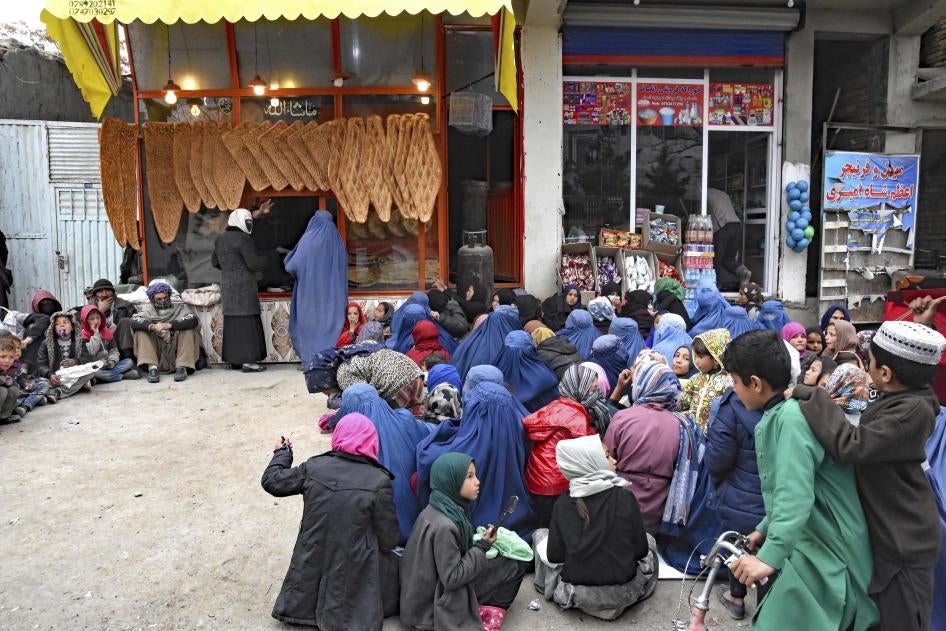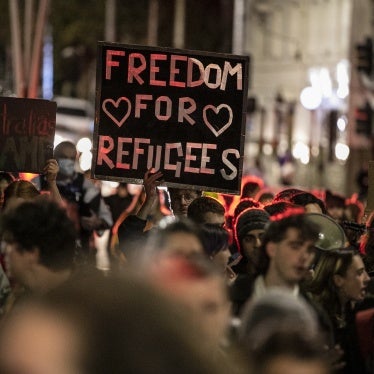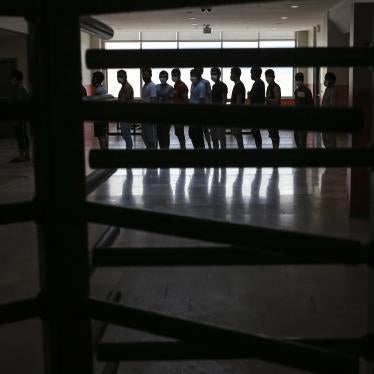This week marks the two-year anniversary since the Taliban returned to power in Afghanistan. Days earlier, the Australian federal government announced an increase of its humanitarian visa intake from 17,875 to 20,000 refugees. The synchronicity of these two occurrences is cause for reflection. How well is Australia’s humanitarian visa program supporting people trying to flee Afghanistan? More importantly, how can it do better?
The last two years have seen Afghanistan plunge into one of the world’s worst humanitarian crises. Two-thirds of its population face hunger and at least three million children suffer acute malnutrition. The country also has one of the world’s highest infant mortality rates, and thousands of women die from pregnancy-related causes, the majority of them preventable.
Since seizing control of the country on August 15, 2021, the Taliban have denied women and girls their rights to education, work, movement, and peaceful assembly. The Afghan media that remains is subject to extensive censorship. And an increasing number of journalists and other critics are behind bars.
If rescue of the most vulnerable is the goal, refugee resettlement programs need the agility to innovate and adapt. The more difficult the circumstances, the greater the need for flexibility. Earlier this year, the Home Affairs Department confirmed humanitarian visa applications for people in Afghanistan are not being processed because of obstacles thrown up by the very Taliban authorities who are persecuting them. While Home Affairs officials hold up applications because of problems verifying biometric and other data in Afghanistan, the Law Council of Australia has said Afghan applicants are reportedly being refused because of Australia’s inadequate capacity to process them despite “meeting all other criteria for a Humanitarian visa.” Of course, health and security checks are a necessary part of refugee processing, but unusual circumstances should also mean reducing administrative barriers.
In 2022, the government allocated 26,500 humanitarian visa places for Afghan refugees for the following five years. As of May this year, almost half of these had been granted while applications reached over 40,000. At this rate, available places will fall far short of the need.
Time and time again when the Australian government has the will, it can find solutions and act quickly. With Afghanistan’s human rights and humanitarian crisis worsening, the government needs to cut the red tape and prioritize processing humanitarian visas for people desperate to flee. It also should be ready to increase the overall allocation of humanitarian visas for Afghan nationals. Only then will helping the most vulnerable be possible.









